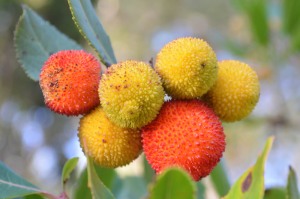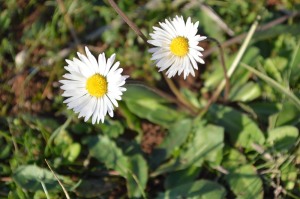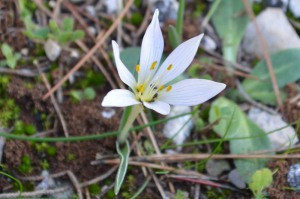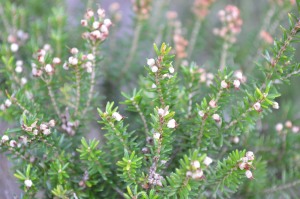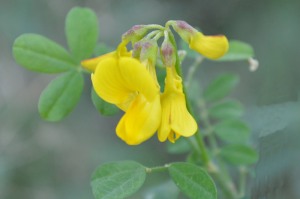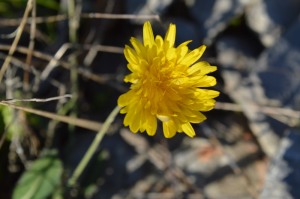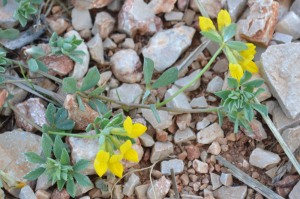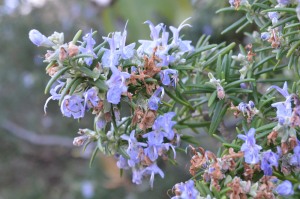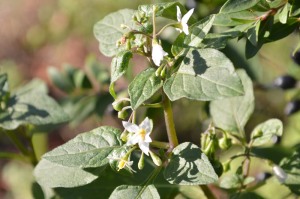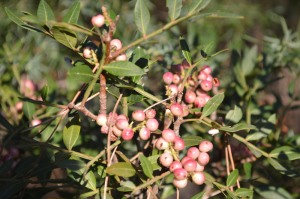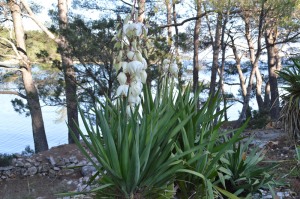-
About 89% of the public want their governments to do more to tackle the climate crisis – but don’t know they’re the majority
- The Guardian is joining forces with dozens of newsrooms around the world to launch the 89% Project – and highlight the fact that the vast majority of the world’s population wants climate action. Read more
A superpower in the fight against global heating is hiding in plain sight. It turns out that the overwhelming majority of people in the world – between 80% and 89%, according to a growing number of peer-reviewed scientific studies – want their governments to take stronger climate action.
As co-founders of a non-profit that studies news coverage of climate change, those findings surprised even us. And they are a sharp rebuttal to the Trump administration’s efforts to attack anyone who does care about the climate crisis.
Mark Hertsgaard and Kyle Pope are the co-founders of the global journalism collaboration Covering Climate Now
Continue reading...
-
Discovery could provide valuable clues as to how the climate crisis might affect Antarctica, says study
Giant, flat-topped icebergs the size of the city of Cambridge drifted off the coast of Britain during the last ice age, according to a study that has uncovered evidence of their existence for the first time.
A series of distinctive, comb-like grooves found preserved in sediment near Aberdeen in Scotland were left behind by the underside of huge “tabular” icebergs that dragged across the North Sea floor between 18,000 and 20,000 years ago, the researchers said.
Continue reading...
-
Campaigners condemn decision amid growing evidence of harm to health and climate from heating appliances
Wood-burning stoves will be allowed to heat new-build homes in England despite growing evidence showing their significant contribution to air pollution and carbon emissions.
The government is writing its future homes standard, a set of rules for developers, aimed at decarbonising England’s housing stock. Heating the UK’s 28m homes accounts for about 18% of greenhouse gas emissions.
Continue reading...
-
Birds in their 40s wintering on mudflats of the Wash received leg rings in early 1980s
If your ears are assaulted by the shrill piping calls of an excitable bird on the east coast of England, fear not: it’s probably an oystercatcher experiencing a midlife crisis.
Two of the handsome black and white birds with bright red-orange bills have been found to be the oldest known oystercatchers ever recorded in Britain, clocking up at least 41 and 43 years on the mudflats of the Wash.
Continue reading...
-
Two Belgian 19-year-olds have pleaded guilty to wildlife piracy – part of a growing trend of trafficking ‘less conspicuous’ creatures for sale as exotic pets
Poaching busts are familiar territory for the officers of Kenya Wildlife Service (KWS), an armed force tasked with protecting the country’s iconic creatures. But what awaited guards when they descended in early April on a guesthouse in the west of the country was both larger and smaller in scale than the smuggling operations they typically encounter. There were more than 5,000 smuggled animals, caged in their own enclosures. Each one, however, was about the size of a little fingernail: 18-25mm.
The cargo, which two Belgian teenagers had apparently intended to ship to exotic pet markets in Europe and Asia, was ants. Their enclosures were a mixture of test tubes and syringes containing cotton wool – environments that authorities say would keep the insects alive for weeks.
Continue reading...
-
The Marches, Shropshire: In this garden we’ve had woolly aphids, rose aphids, whitefly and blackfly, now we have Californian maple aphids, who have a story of their own
An accidental touch of a branch brings a handful of little sticky dots. Looking at the branch, the surprise is that all the lower ones are covered with a shifting pointillism of dots moving together. Under a hand lens they become autonomous animals – aphids.
There are thousands of them, moving independently as individuals, each with a sense of purpose and moment, determined and working together. Forming clusters around scar tissue on bark wounds, walking upwards towards the canopy of opening leaves, the aphids catch the sunlight and their amber bodies shine with the viscosity of drops of honey. In the morning sun they cast shadows, an imaginary material to which old fears and prejudices stick.
Continue reading...
-
Americans have often moved between states for opportunities. Now they’re being forced to uproot themselves to escape hostile forces under Trump
Continue reading...
-
The UN has called the detention of Pablo López Alavez ‘arbitrary’, while human rights organisations say his sentence is part of a systematic and alarming pattern of criminalisation of Mexico’s environmental activists
The meeting room in the prison of Villa de Etla, a town in Oaxaca, Mexico, doubles as a classroom with school desks and a small library. The walls feature motivational phrases such as “First things first”, “Live and let live” and “Little by little, you’ll go far”.
Pablo López Alavez, a 56-year-old environmental defender, has had nearly 15 years to contemplate these sentiments – and faces 15 more, after being imprisoned for murders he says he did not commit.
Continue reading...
-
‘As a species, these crocs are easy to find and easy to catch. Brice Itoua is the most skilled hunter in his village. But they kill the crocs to eat – not to sell’
The Congo dwarf crocodile is a lovely species. They’re very shy and, unfortunately, very easy to find and catch. Mostly hunted for their bushmeat, these crocs only grow up to a few feet in length and during the dry season, they often spend the daytime hiding in burrows and dens at the water’s edge. Hunters use a long, woody liana vine with a hook on the end to drag them out, before binding their snout with a shorter vine and carrying them away.
Last summer, I shot a story about the Congo dwarf crocodile after being given access to the Lake Télé Community Reserve by the Wildlife Conservation Society (WCS), which manages this protected area in the Republic of the Congo with the Congolese government.
Continue reading...
-
Rock deposits provide first land-based evidence of Earth’s largest flood, when water surged through strait of Gibraltar
The event that refilled the Mediterranean basin 5m years ago is thought to have been the largest flood in Earth’s history, with water surging through the present-day strait of Gibraltar 1,000 times faster than the Amazon River, filling the basin in just a couple of years. Now jumbled rock deposits on the top of hills in south-east Sicily provide the first land-based evidence for this flood.
The megaflood theory emerged in 2009, when scientists discovered a massive eroded channel at the bottom of the strait of Gibraltar. Subsequent research has revealed scours on the sea floor, showing how the water forced its way through the shallow gap between Sicily and mainland Africa, to fill the eastern Mediterranean Sea.
Continue reading...

